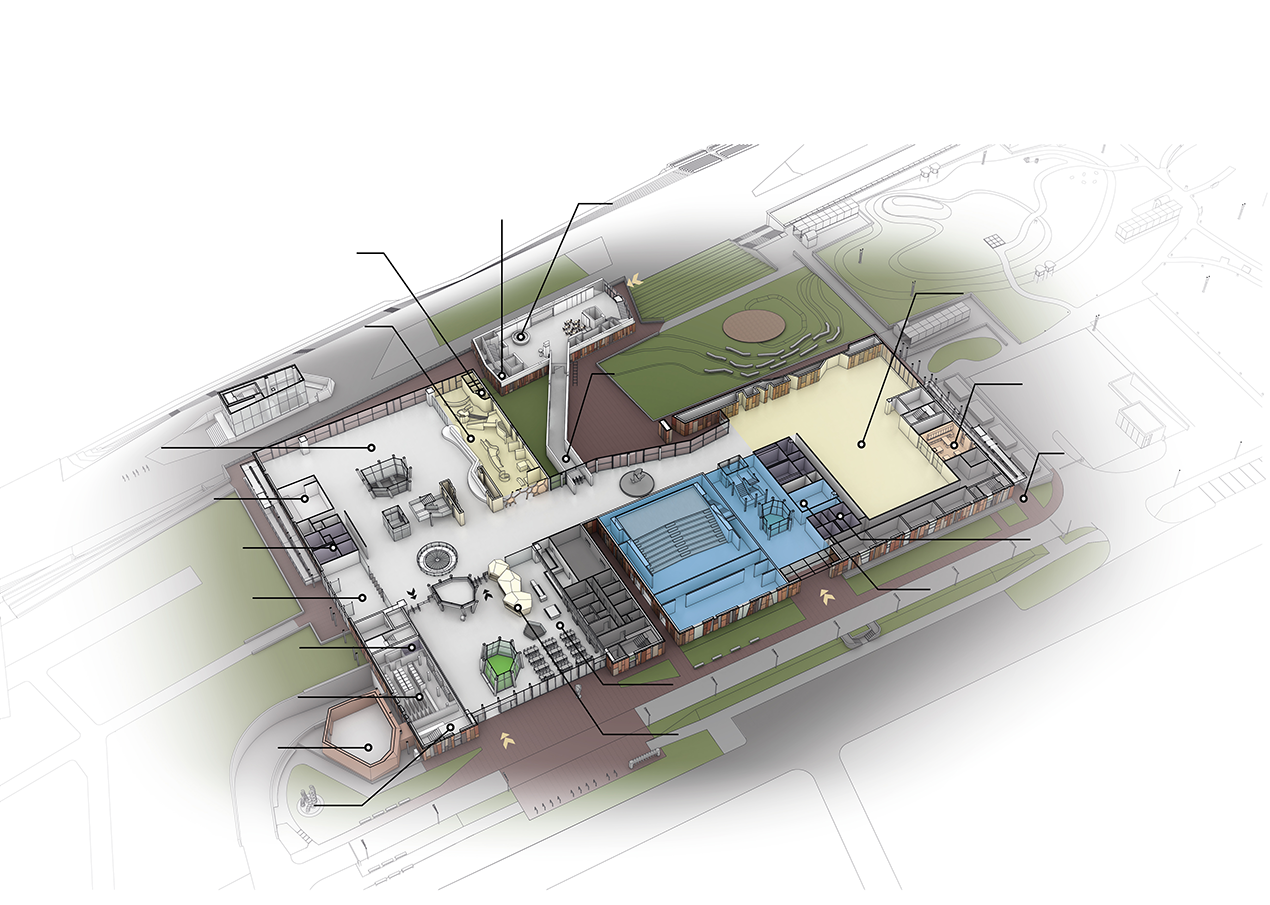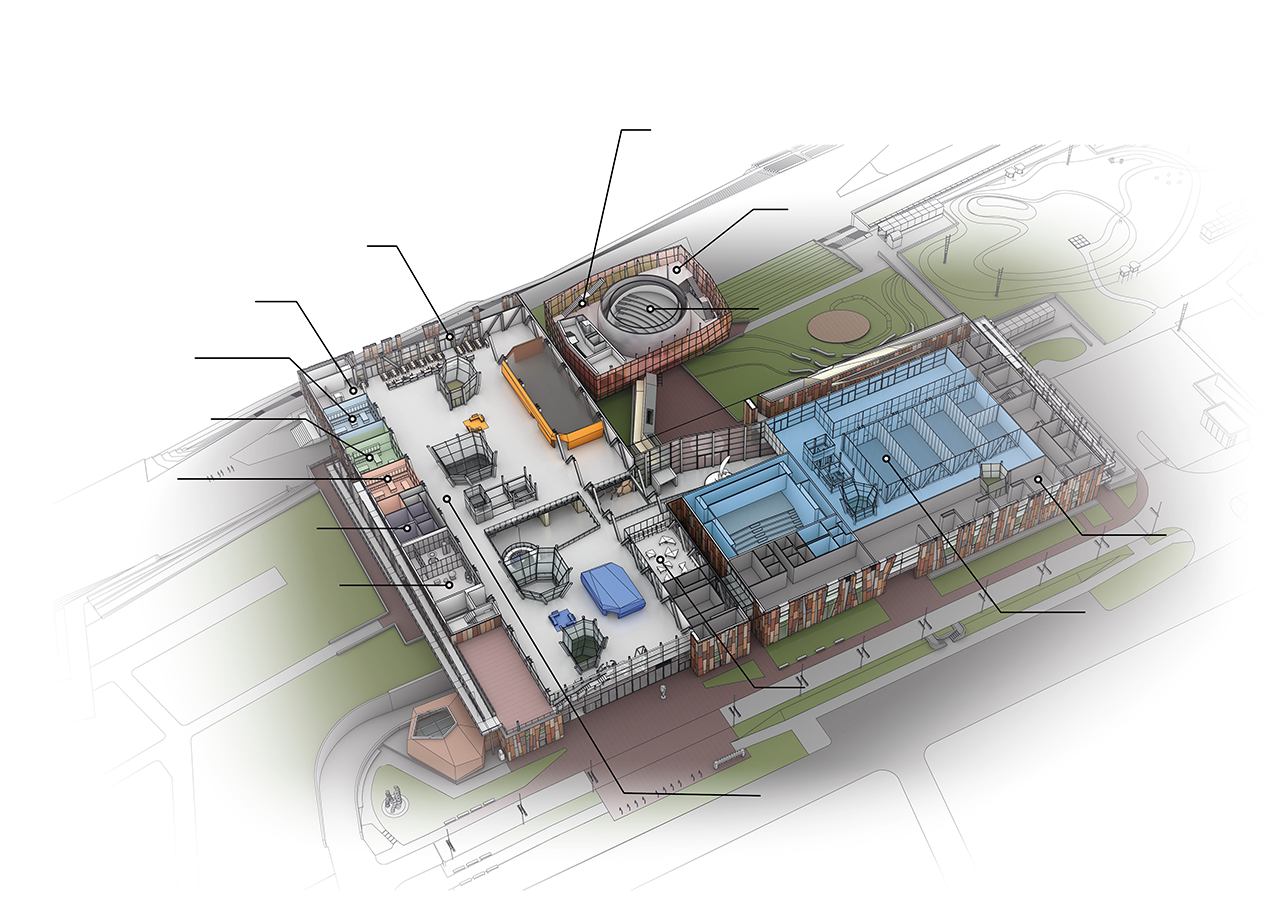Due to renovation works, our Planetarium and “Look: there’s the Earth” exhibition will be closed from August 19, 2024.
How does the Earth look from space? An astronaut, Jean-François Clervoy, has said: 'The view moves you to tears. Our planet makes a huge impression, it's so beautiful! While beholding it, we also realise how fragile our existence on Earth is.' Impressions and emotions that accompany a trip to space are certainly impossible to replicate. However, a distanced look allows to see more, and makes it easier to take responsibility for the Earth and its citizens.
Look: There's the Earth! consists of 20 exhibits, located on 3 floors of the Copernicus Science Centre's Planetarium. The whole exhibition is divided into 2 parts.
The first part focuses on space observations and the possibilities of using them. Many things are invisible from our Earthly perspective. To see them, you need to look from above. At the exhibition, you can see Earth through the 'eyes' of various satellites. This way, you can inspect the state of the atmosphere and the oceans, make weather forecasts, foresee potential forest fires, or assess the stage of plant vegetation.
The second part of the exhibition is focused on technologies used to observe Earth from space. Here, you can discover the secrets behind GPS and find out where cosmonauts take their water from, and how they use their cosmic bathrooms. A few of the exhibits bring you closer to the work of people who retrieve and analyse satellite data.
We start our visit on Earth, issuing a rocket launch. Then, in Mission Control, we discover how complex of an enterprise a space mission is, demanding outstanding precision, competence, and technology use. After a successful flight, we behold breathtaking views, captured by telescopes working on the orbit. We learn how to forecast weather and read satellite data. We learn about satellites and satellite receivers (this kind of device you can make at home!). Later, we look inside a rocket engine, observe the Sun and the nearby planets. In the end, we can touch space through a collection of meteorites.


